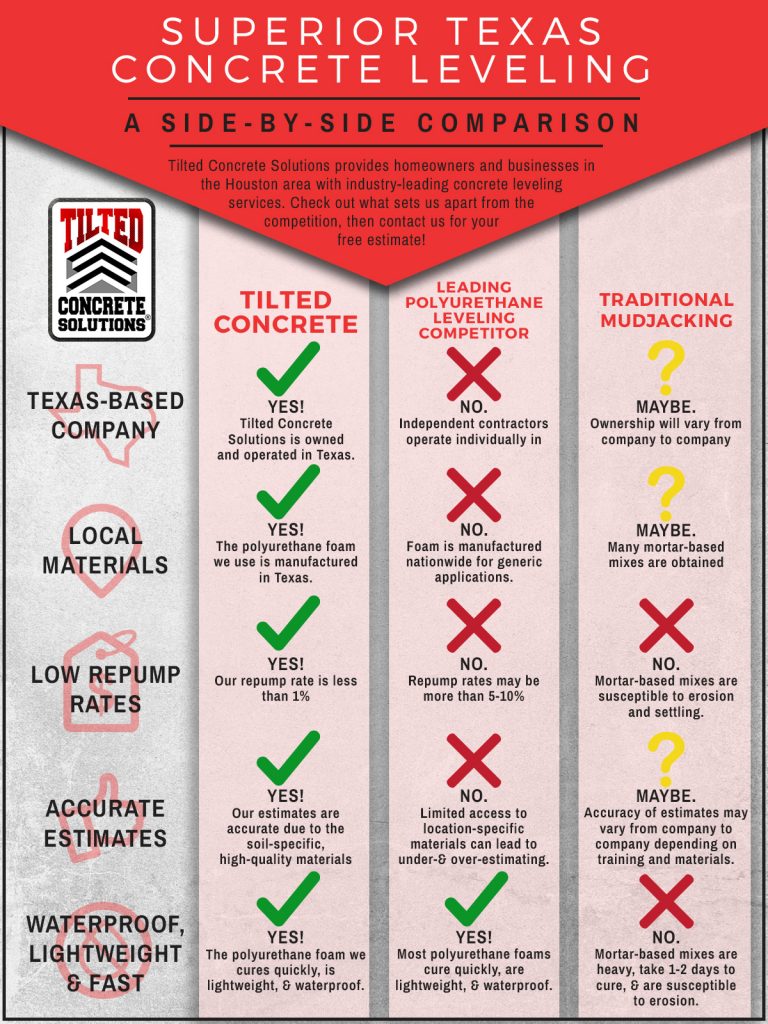Complete Summary For Prepping Your Walls Before Applying Paint
Complete Summary For Prepping Your Walls Before Applying Paint
Blog Article
Content Create By-Hickey Rindom
When you're prepping your wall surfaces for paint, it's vital to comply with a systematic process to make sure a remarkable finish. Beginning by examining the wall for any type of damages; this step can make or damage your task. Once you have actually determined any type of concerns, cleaning up the surface area appropriately is vital, as an unclean wall surface can affect paint attachment. Afterwards, you'll require to patch any type of flaws and use a primer. But there specify strategies and pointers that can raise your prep work video game-- allow's discover those additional to attain the most effective outcomes.
Assessing Wall Problem
Prior to you get your paintbrush, take a minute to assess your walls' condition. Check for any type of noticeable damages like fractures, holes, or peeling paint. These flaws can impact how the paint adheres and looks as soon as it's dry. If you see any considerable damage, you'll require to prioritize repair work prior to diving into painting.
Look carefully at the appearance of your walls. Is the surface area smooth, or exists appearance that might call for special factor to consider? Smooth wall surfaces typically need much less preparation, while textured surface areas might require even more time to paint uniformly.
Also, think about the previous paint work. If the old paint is shiny, it mightn't permit new paint to stick properly. You'll need to know if your wall surfaces have been repainted with oil-based or water-based paint, as this can influence your choice of guide or paint.
Ultimately, remember of any kind of dampness problems. If you see indicators of water damage or mold and mildew, address these issues quickly to avoid additional complications.
Cleaning the Surface area
As soon as you have actually examined the condition of your wall surfaces, the next action is cleaning up the surface area. Start by gathering your supplies: a container, cozy water, a light cleaning agent, a sponge or cloth, and a scrub brush for harder spots.
Begin at the top corner of the wall and function your method down. simply click the next document with warm water in your pail, after that dip the sponge or fabric into the remedy. Wring it out to avoid extreme wetness on the wall surfaces.
As you cleanse, pay very close attention to locations that may've built up dirt, grease, or fingerprints. For persistent discolorations, use the scrub brush gently to avoid harming the paint underneath. Wash your sponge or towel frequently in clean water to prevent spreading out dust around.
After cleansing, it's essential to wipe the walls with a wet towel to get rid of any type of soap residue. Read More Listed here makes certain a smooth surface area for the new paint to adhere to.
Allow the walls to completely dry completely prior to proceeding to the next preparation steps. This detailed cleansing process will certainly help develop a fresh canvas for your paint task, making certain the best outcomes.
Patching and Priming
Patching and priming are critical steps in preparing your wall surfaces for a fresh coat of paint. Initially, evaluate your wall surfaces for any openings, splits, or blemishes. Make https://www.azcentral.com/in-depth/news/local/arizona/2022/10/06/who-were-jerry-and-rita-alter-missing-de-kooning-found-couples-home/8195231001/ of a premium spackling compound or patching paste to fill these locations.
Use the substance with a putty blade, smoothing it out so it's flush with the bordering surface area. Allow it to completely dry entirely, and afterwards sand it lightly up until it's smooth and even.
As soon as you have actually covered everything, it's time to prime. Guide helps secure the covered locations, making certain the paint sticks effectively and supplies a consistent coating. Choose a guide appropriate for your wall surface type and the paint you'll be utilizing.
Apply the guide using a roller for larger areas and a brush for corners and edges. If your patched locations are dramatically large or permeable, you could want to apply a second coat of guide after the very first one dries out.
After priming, let everything completely dry extensively prior to going on to painting. This prep work will not just enhance the appearance of your wall surfaces however also prolong the life of your paint job.
Take your time, and you'll be pleased with the outcomes.
Final thought
By adhering to these basic steps, you can achieve a smooth and expert finish on your wall surfaces. Begin by examining their problem, then tidy and spot any imperfections before applying primer. Keep in mind to permit sufficient drying time and make sure everything is smooth prior to you study painting. With the right prep work, you'll establish the stage for a lovely improvement in your room. Now, gather your products, inhale the fresh air, and prepare yourself to repaint!
